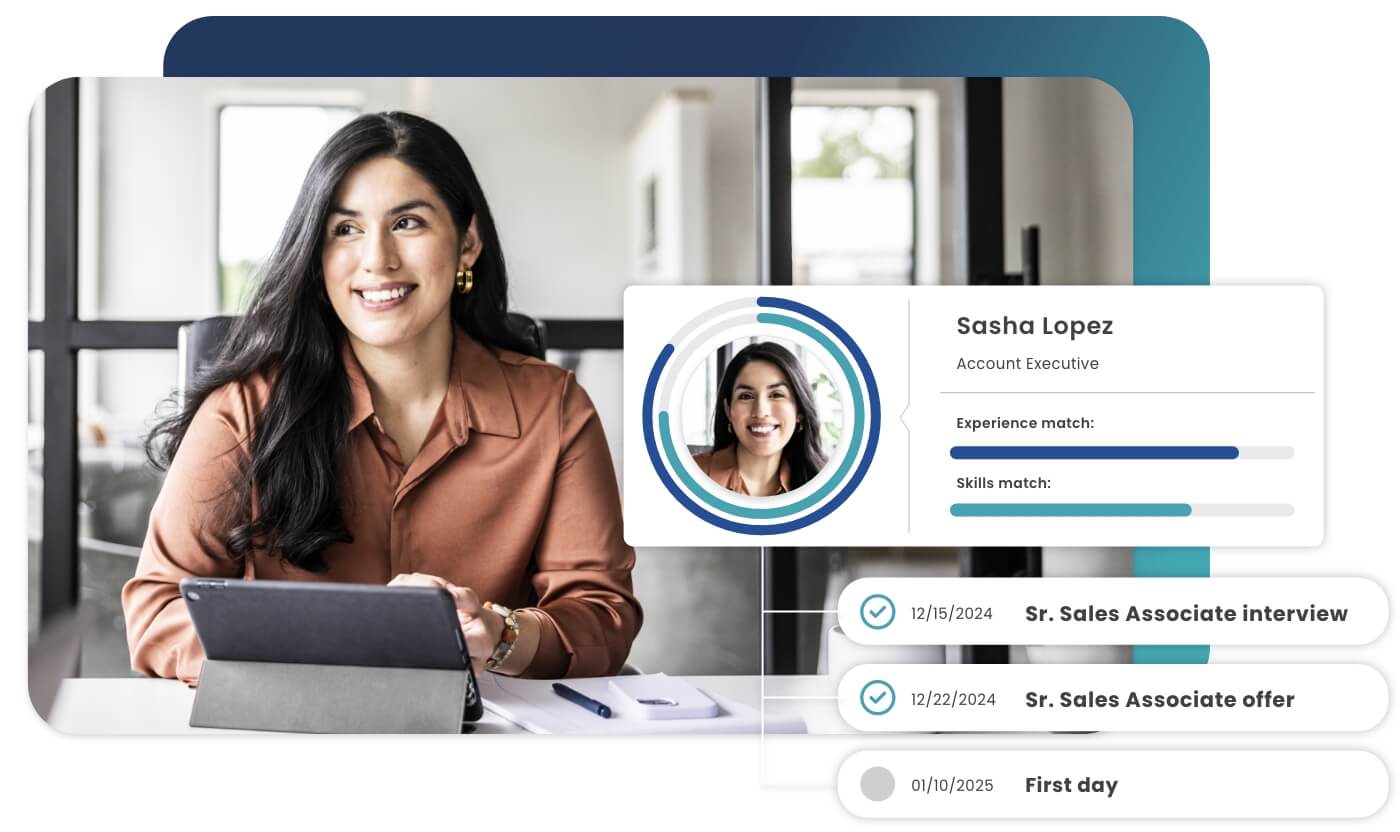

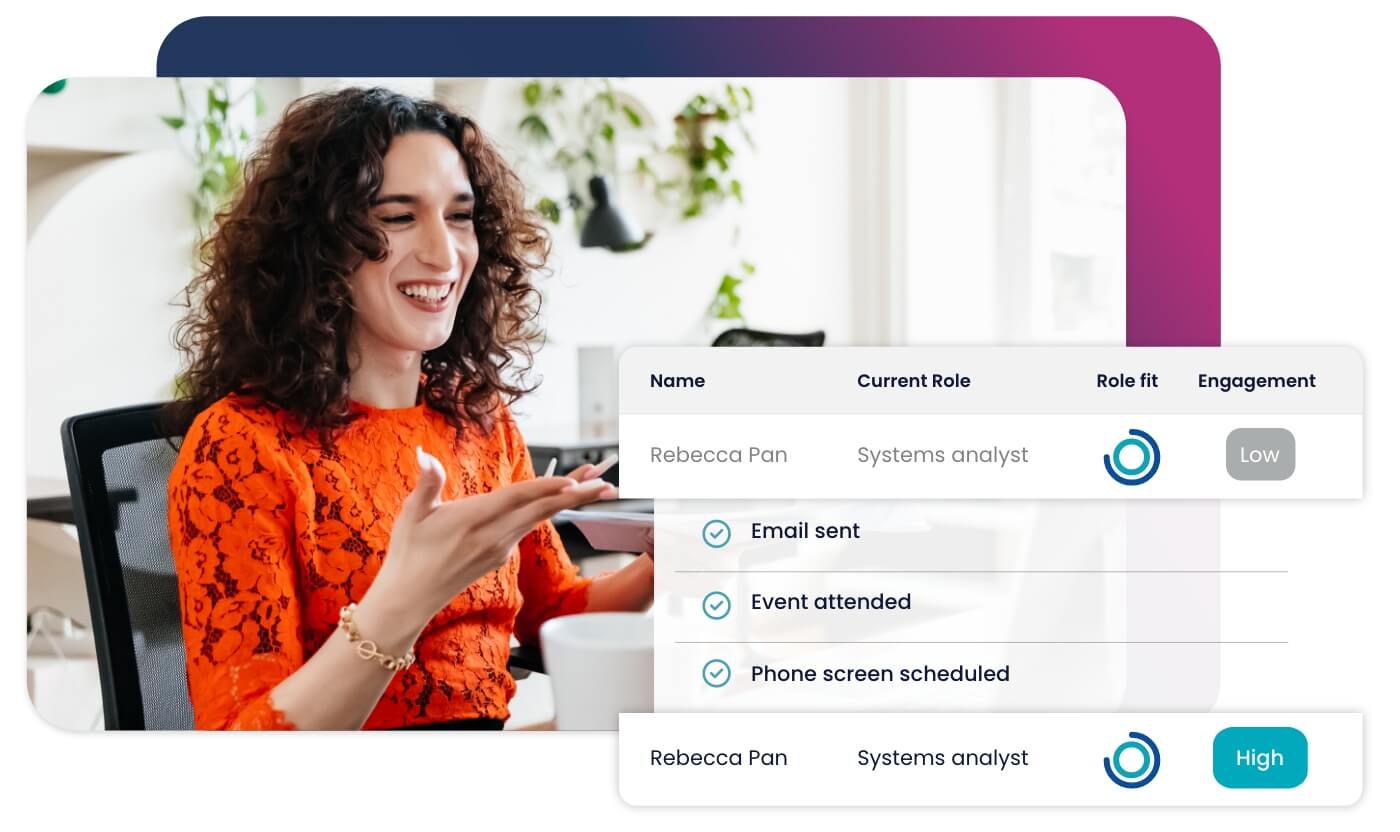
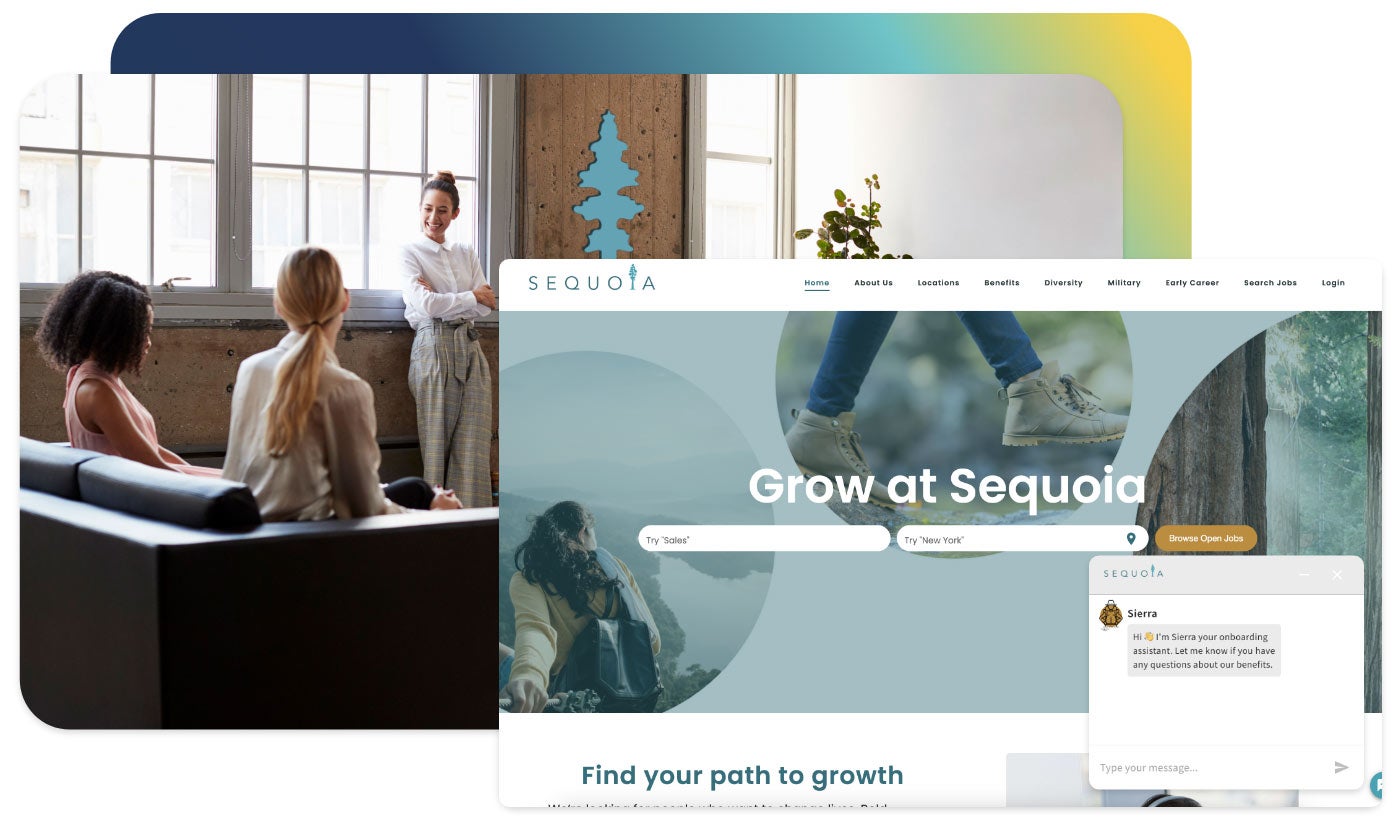


Accelerate hiring key talent to deliver care and exceed patient satisfaction.

Attract skilled candidates, speed up hiring and grow expertise in your workforce.

Simplify recruiting finance and banking talent with a platform for hard-to-fill roles.


Build a talent pipeline that engages and drives your business forward.


See how diverse and global enterprises use iCIMS to employ millions, drive innovation and connect communities worldwide.

Uncover unique market insights, explore best practices and gain access to talent experts across our library of content.


View press releases, media coverage, the latest hiring data and see what analysts are saying about iCIMS.

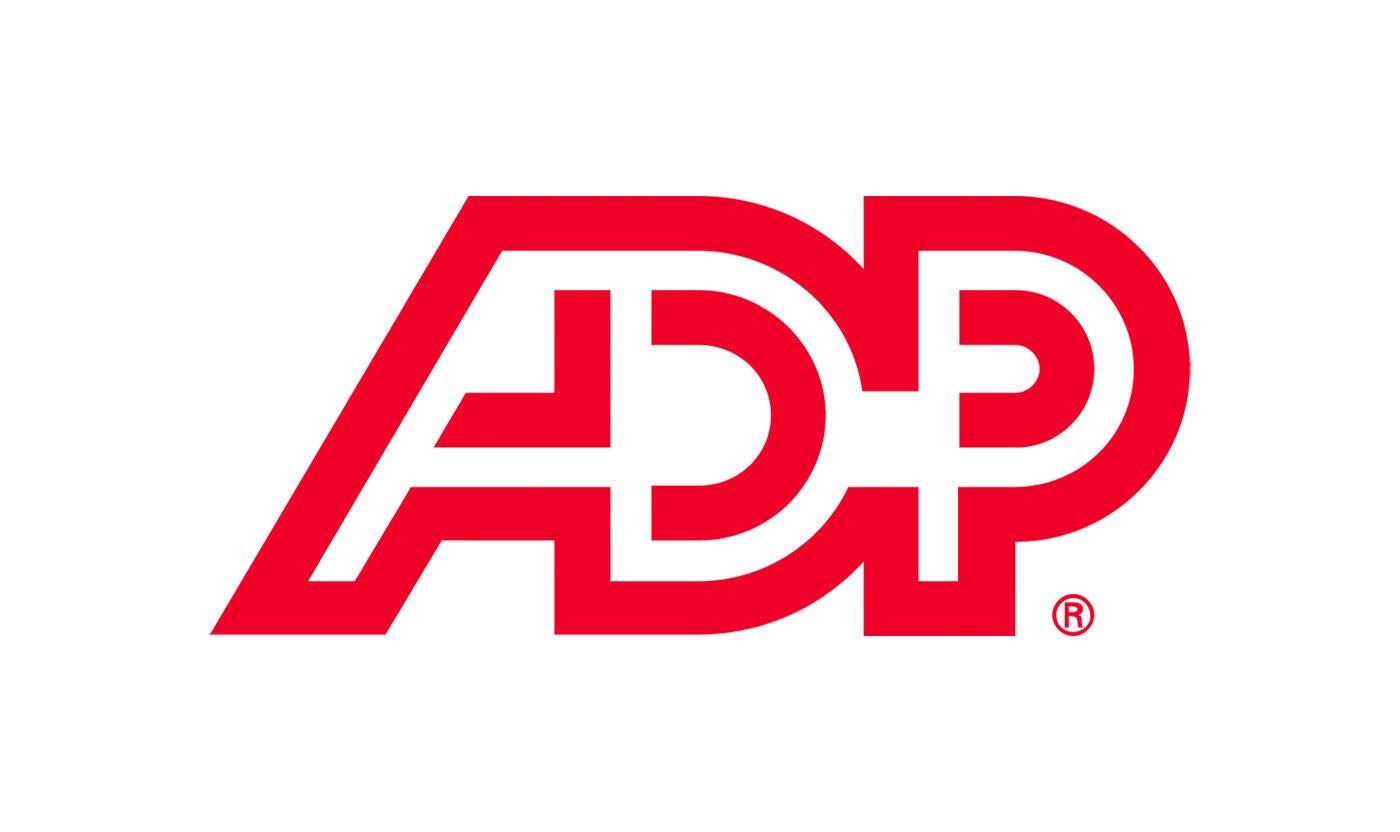
Streamline your tech stack and take advantage of a better user experience and stronger data governance with ADP and iCIMS.
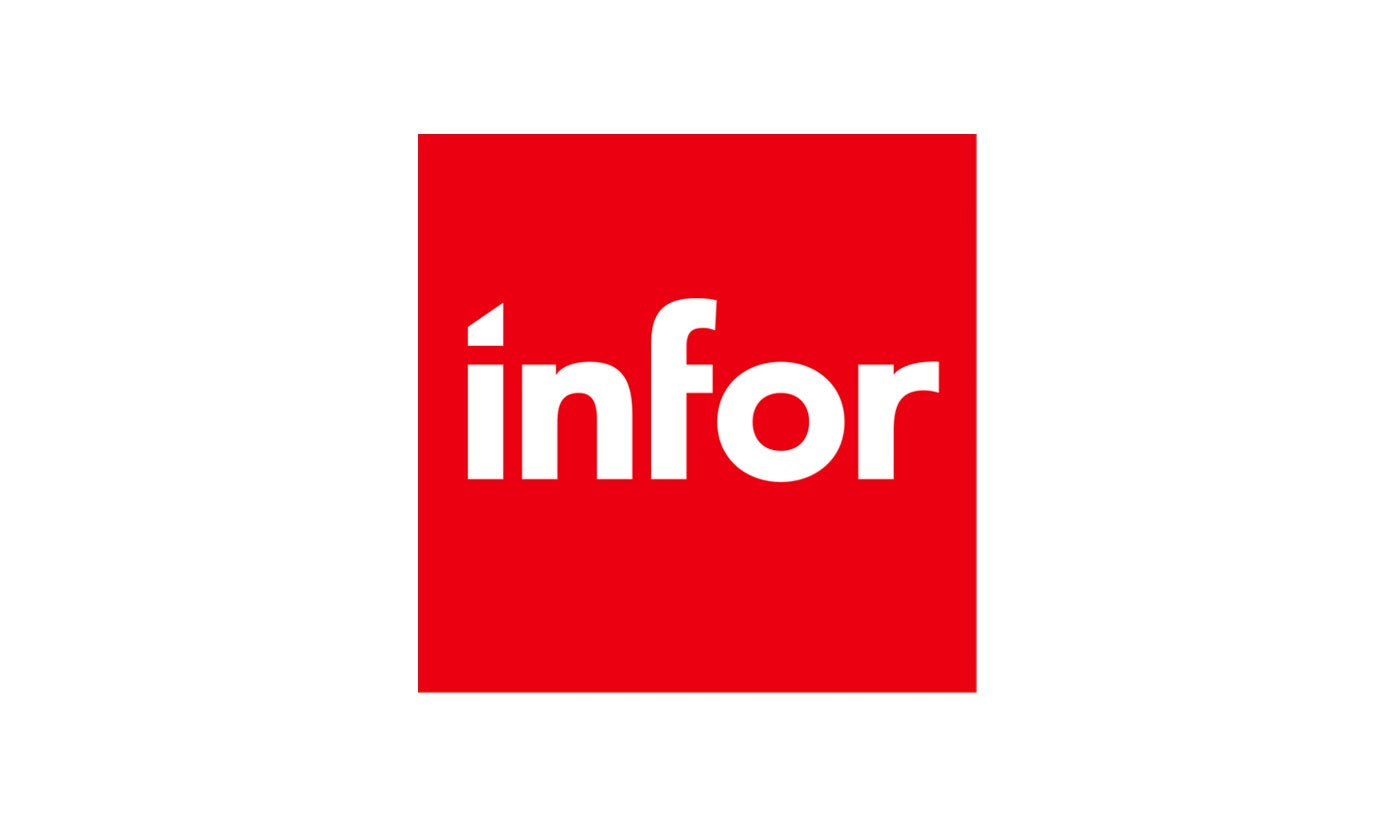
The combined power of iCIMS and Infor helps organizations strategically align their business and talent objectives.
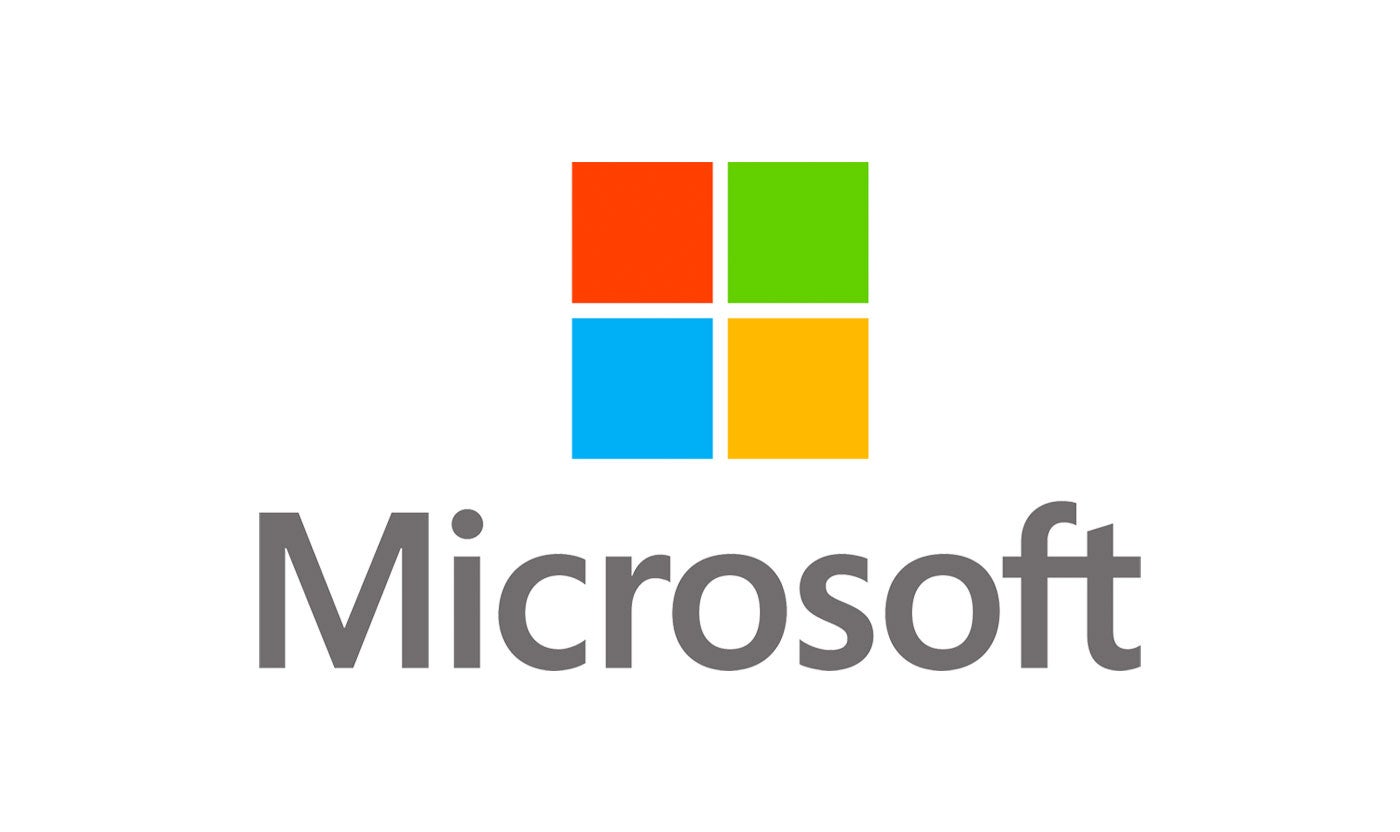
Our award-winning partnership with Microsoft is grounded in a shared desire to transform the workplace and the hiring team experience.
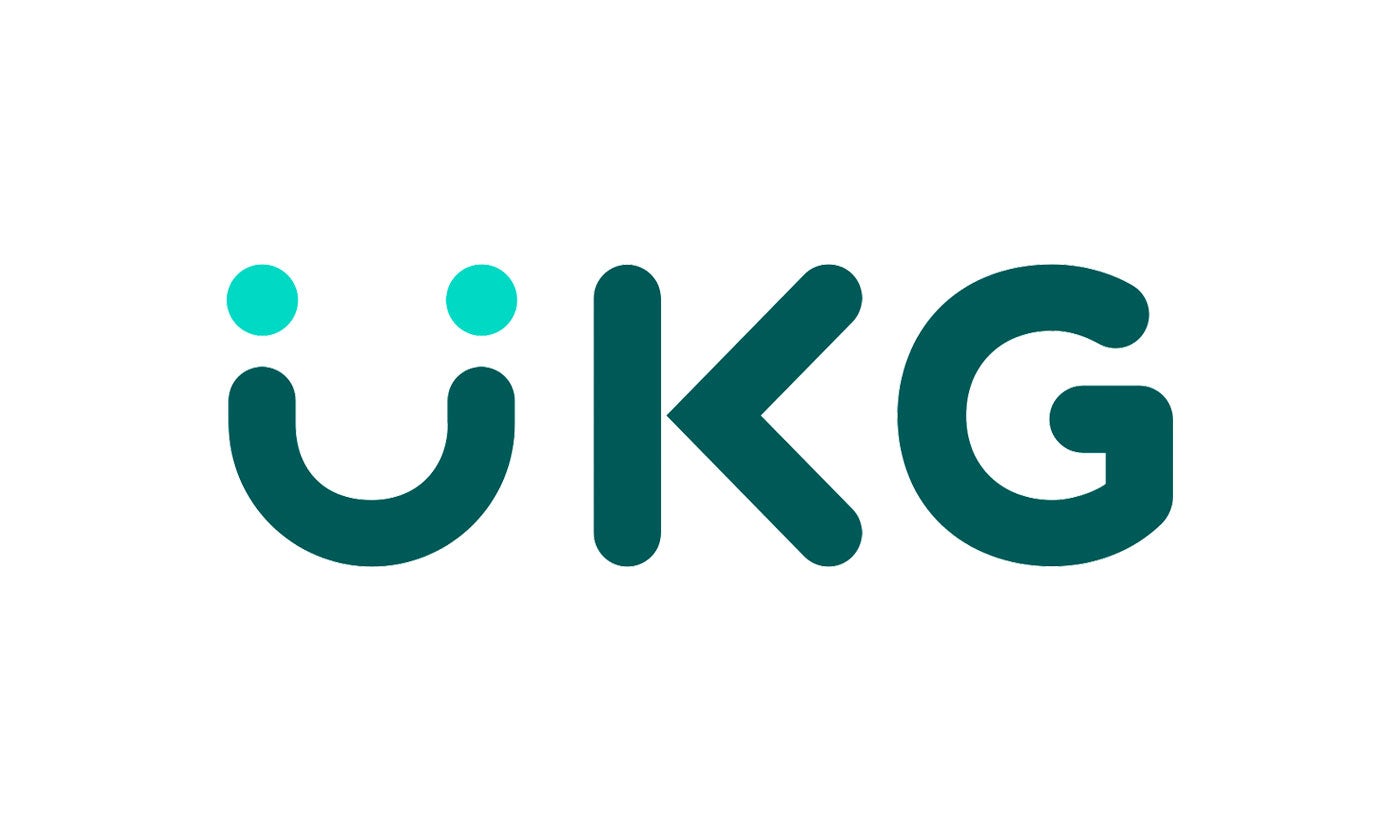
Our partnership with Ultimate Kronos Group (UKG) supports the entire talent lifecycle by bringing frictionless recruiting solutions to UKG Pro Onboarding.

We all have vivid memories of first days of school: nervously waiting for the bus, meeting classmates and teachers, the invigorating smell of cracking open a brand new pencil case or lunchbox. Although there is a lot of anxiety, it’s always exciting to embark on a fresh start. Years later, “first days” are fewer and further between. When they do arise, especially for a new job, all of those feelings come rushing back; except this time, no one is there holding your hand.
Instead, new hires often get the impression that “sink or swim” is the harsh reality that awaits them. This doesn’t have to be, and truly shouldn’t be, the case if employers want to set hires up for success. Through meaningful interactions with the company culture and employer brand, the automation of cross-departmental processes and personal connections with internal stakeholders, employers have the opportunity to make the sometimes confusing and intimidating onboarding process much more seamless and productive.
Be honest about your culture and expectations.
An employee’s relationship with your organization’s culture and values begins long before his or her start date. Job seekers typically start building a perception of their future employer within the very first online interactions, from viewing a job board listing, to reacting to a shared social post and visiting your corporate and career sites. It’s also important to realize that 53 percent of job candidates have a relationship with a company well before beginning the actual recruitment process as a family member or friend of a current employee, consumer of company content, or a customer. With that in mind, a dedication to employer brand development and recruitment marketing strategies are key elements in priming new hires for strong start.
If you want to build an engaging employee welcome program, start with tailoring the new hire experience to the employee’s job, department and location if necessary and select pre-start date content carefully. A branded employee onboarding portal allows for streamlined communication of company benefits and business objectives to help acclimate them to the corporate culture and procedures early on. This way, they can take their time, dig a little deeper and truly explore ideas and themes that are important to your organization at their own speed.
Use technology to automate uniform processes and unite internal stakeholders.
Within the interview process, recruiters and hiring managers can run into serious hurdles while trying to work closely to find the perfect-fit candidate. According to an iCIMS survey, the majority of hiring managers (61 percent) say that recruiters have, at best, a “low” to “moderate understanding” of the jobs for which they recruit. This not only hinders the candidate screening process, but can also bleed into new hire onboarding practices. It is essential for recruiters, as the new hire’s first contact made at the organization, to think critically about the role filled and the individual’s needs and personality in order to design an impactful onboarding program. Conversations with the hiring manager and other internal stakeholders for the role are also crucial in easing tensions and improving processes between departments
Using a cloud-based onboarding portal connected to an applicant tracking system, recruiters can provide internal partners with a direct view into tasks that require completion and bridge the gap between all departments involved in new hire development. Automatically suggested tasks laid out for the employee before they come in for their first day helps to streamline processes ensuring that nothing is missed. This at least allows for basic paperwork and background information to be shared, completed and documented, but can also be used to share role-specific definitions, guidelines and departmental plans and processes.
Load up the welcome wagon with friendly faces.
Automating the transition of new recruits from candidate to a productive new hire is made easy with the right technology solutions. By the point of hire, he or she has already had many touchpoints with the employer’s brand, has explored key cultural themes and completed necessary documentation, and has hopefully done so seamlessly through an online portal. There is one thing however that technology cannot replace, and that is a personalized support system.
Helping new hires understand the more informal side of the organization will accelerate their acclimation and give them a more comfortable environment in which to get their bearings. One simple way to do this is to work with the hiring manager to identify five to ten people that the new employee really needs to know to successfully jump into their role and hit the ground running. Acknowledge why each of these individuals are important to this role’s success. Then you can send calendar invitations or email introductions to ask them to meet the new hire soon after they arrive. Take it a step further than providing a detailed org chart. Think of it more as a network map that identifies the “go to” people in your organization who can actively help their new co-worker get to work faster and with confidence.
The faster a new hire is empowered to get to real work, the better. When recruiters overseeing the transition from candidate to employee fully showcase the employment brand and company culture, reduce paperwork, and manage tasks more efficiently across internal teams, it ultimately leads to improved HR productivity and healthy employee engagement for the long run.




